بول غوغان & nbsp(1848-1903)

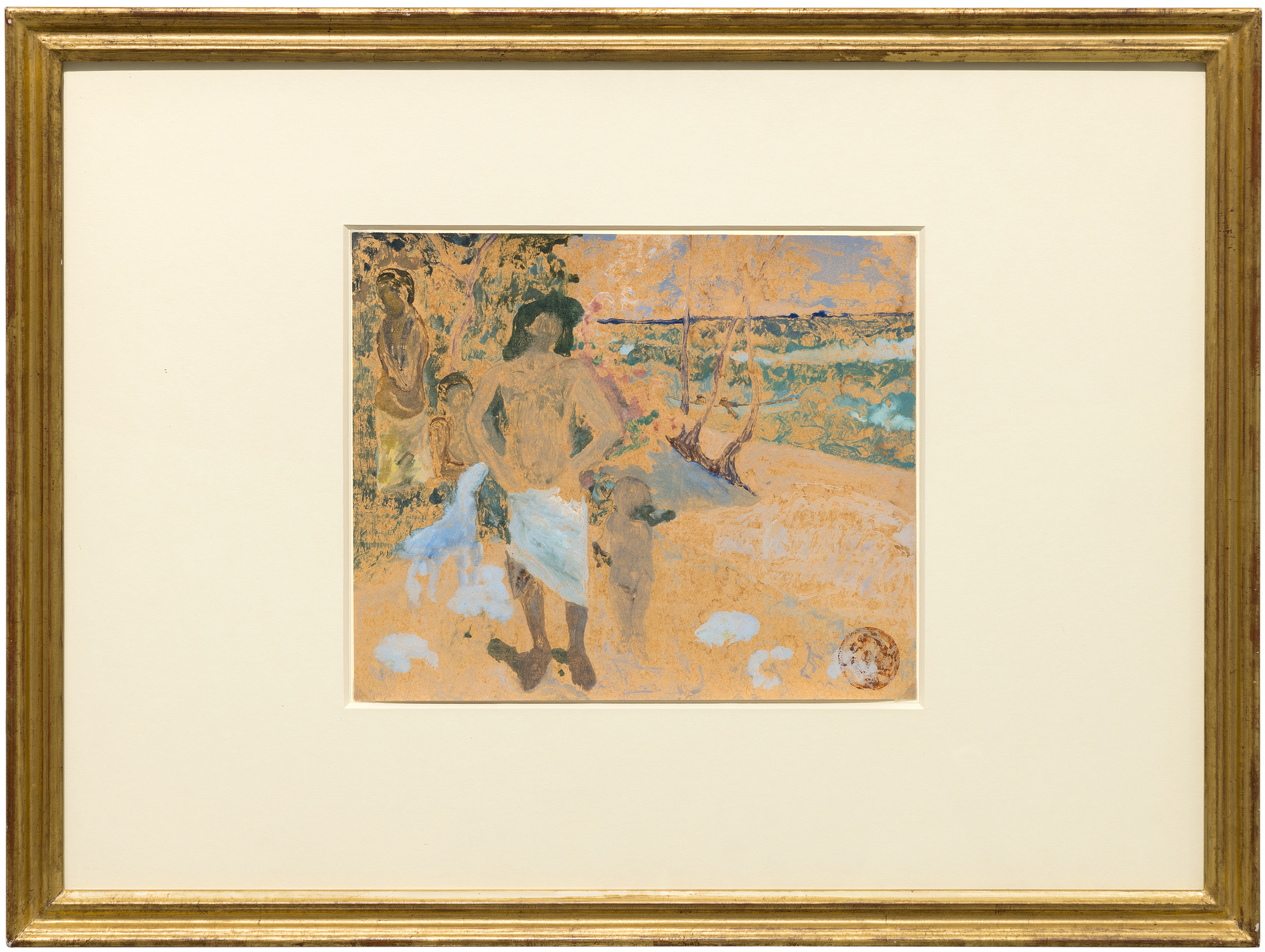
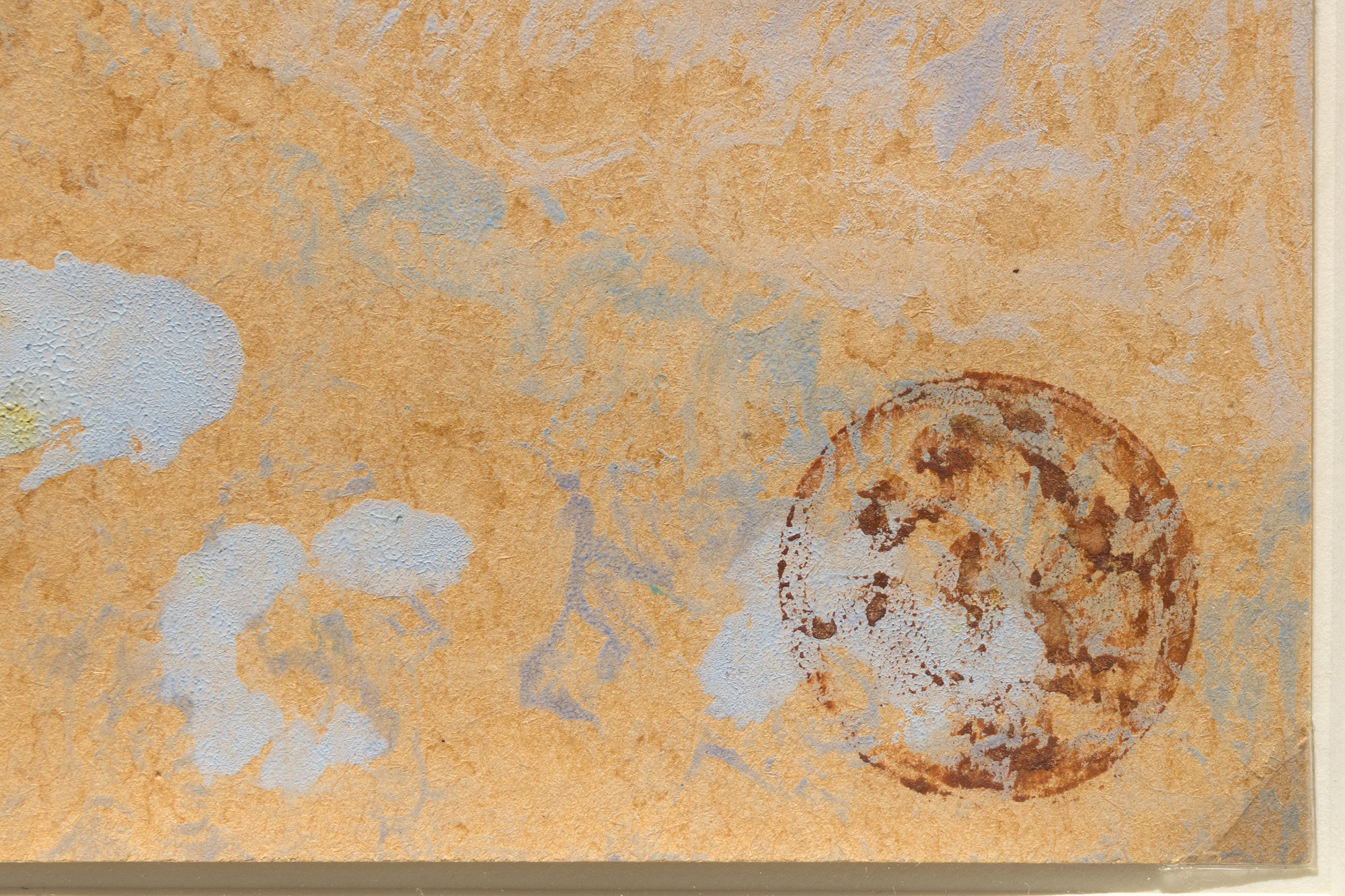
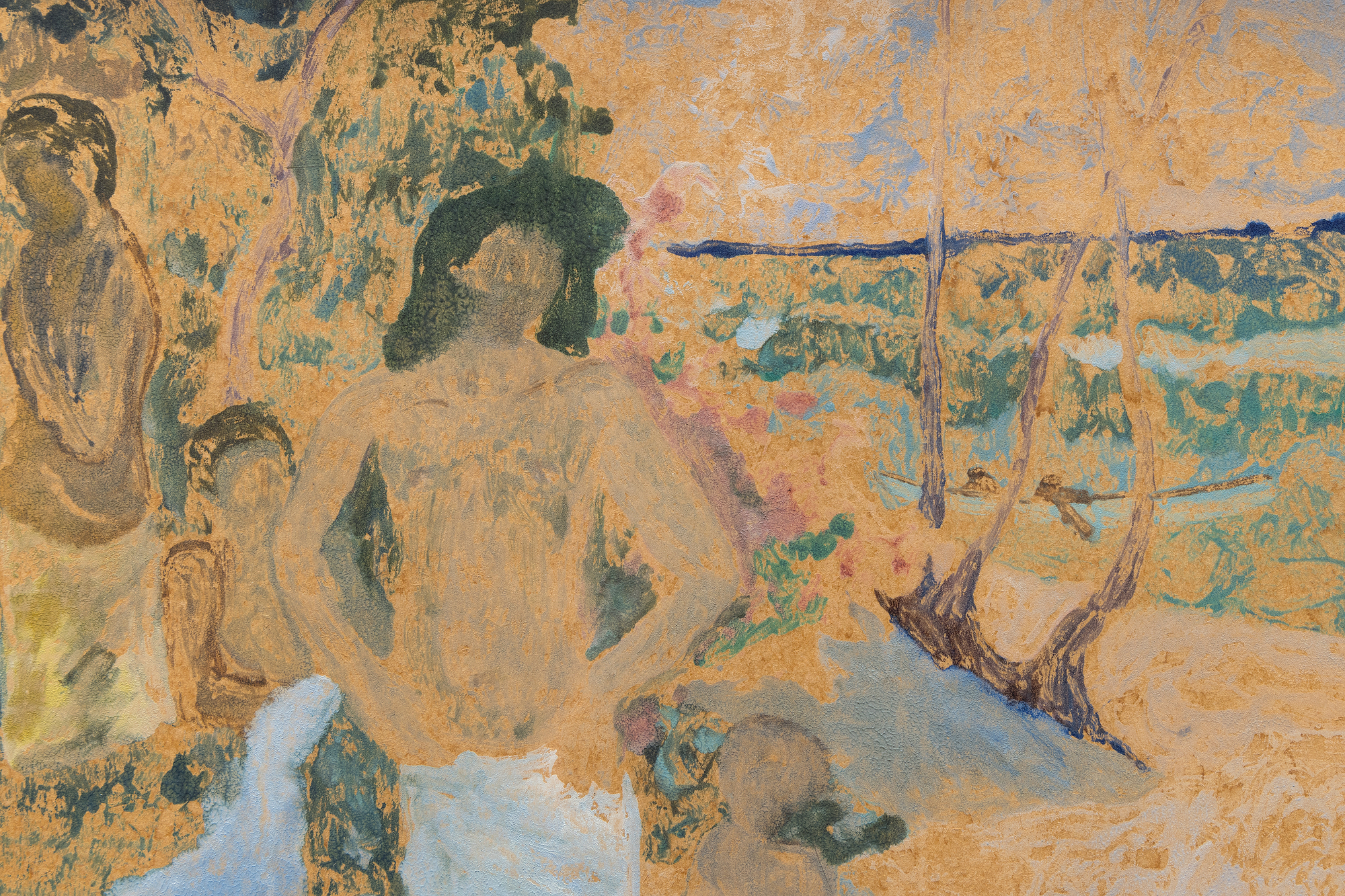
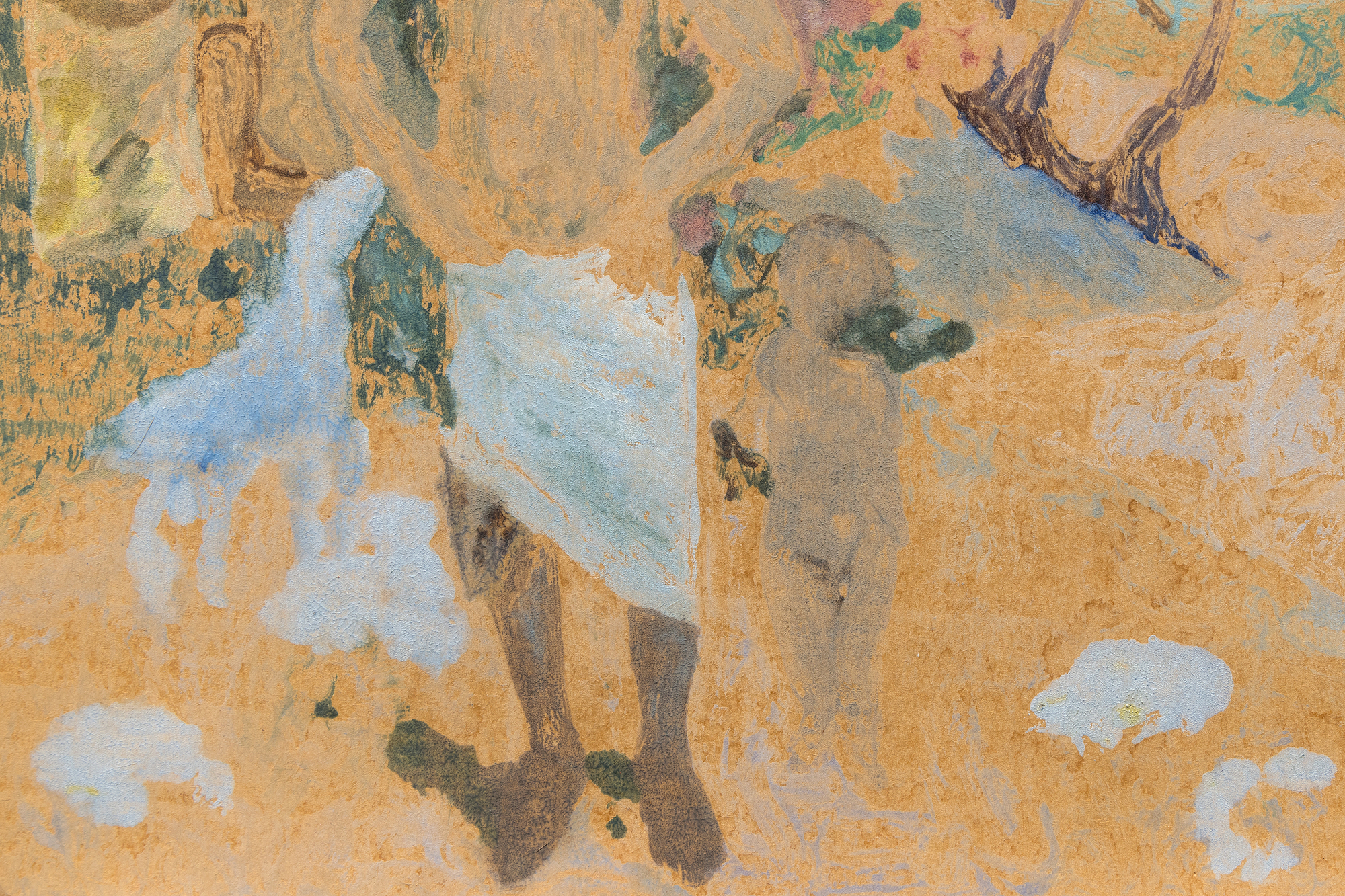
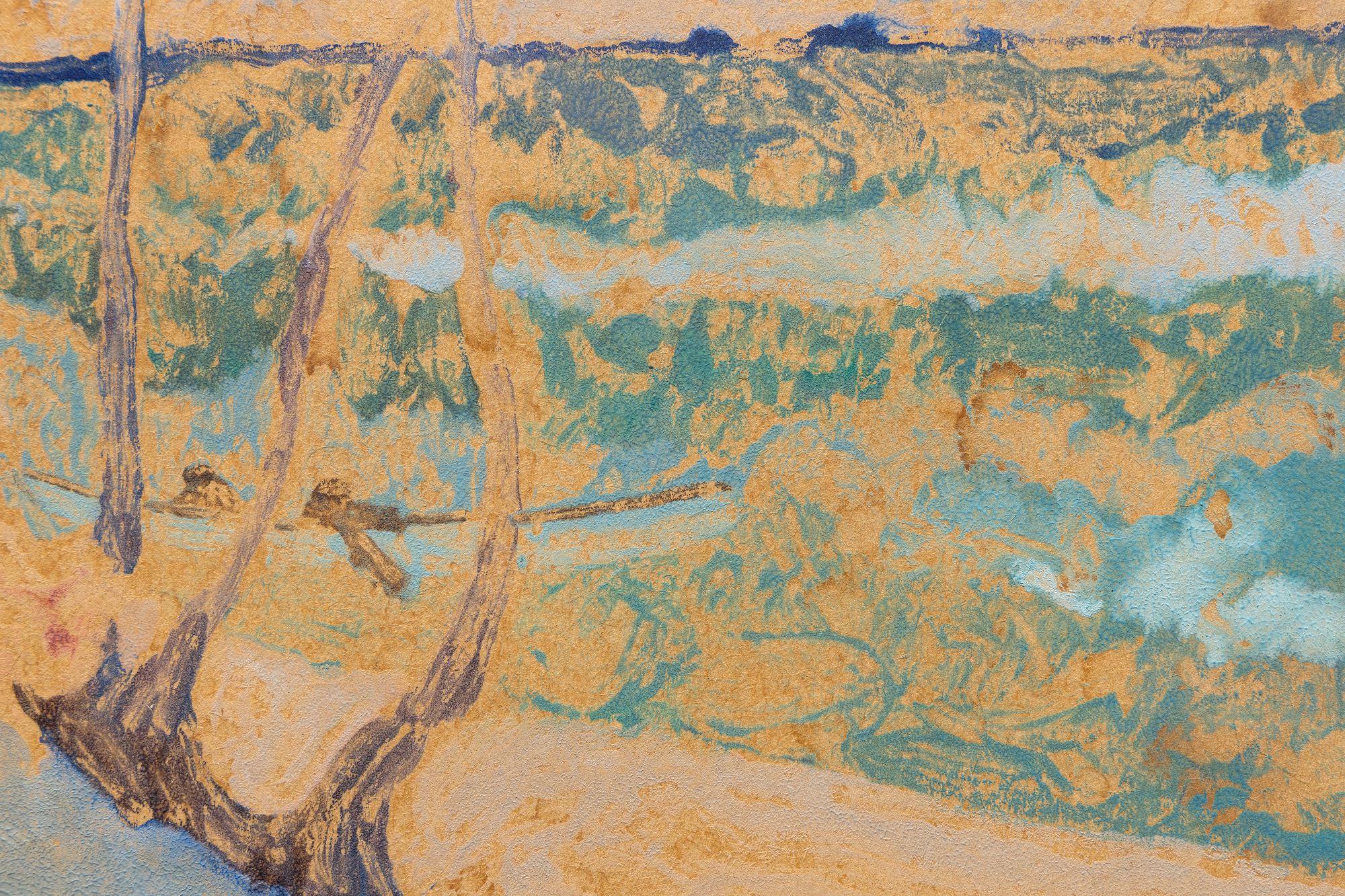
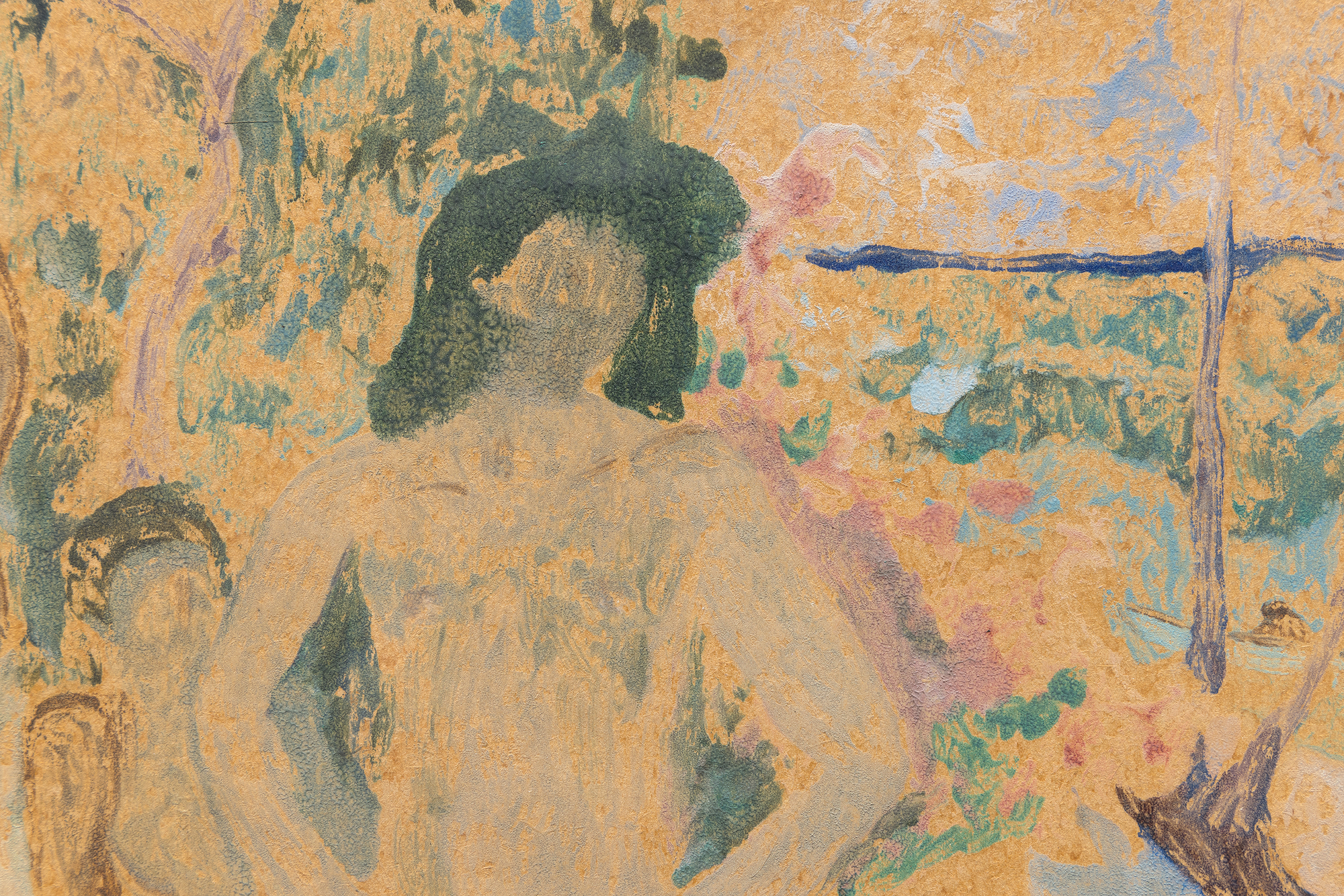
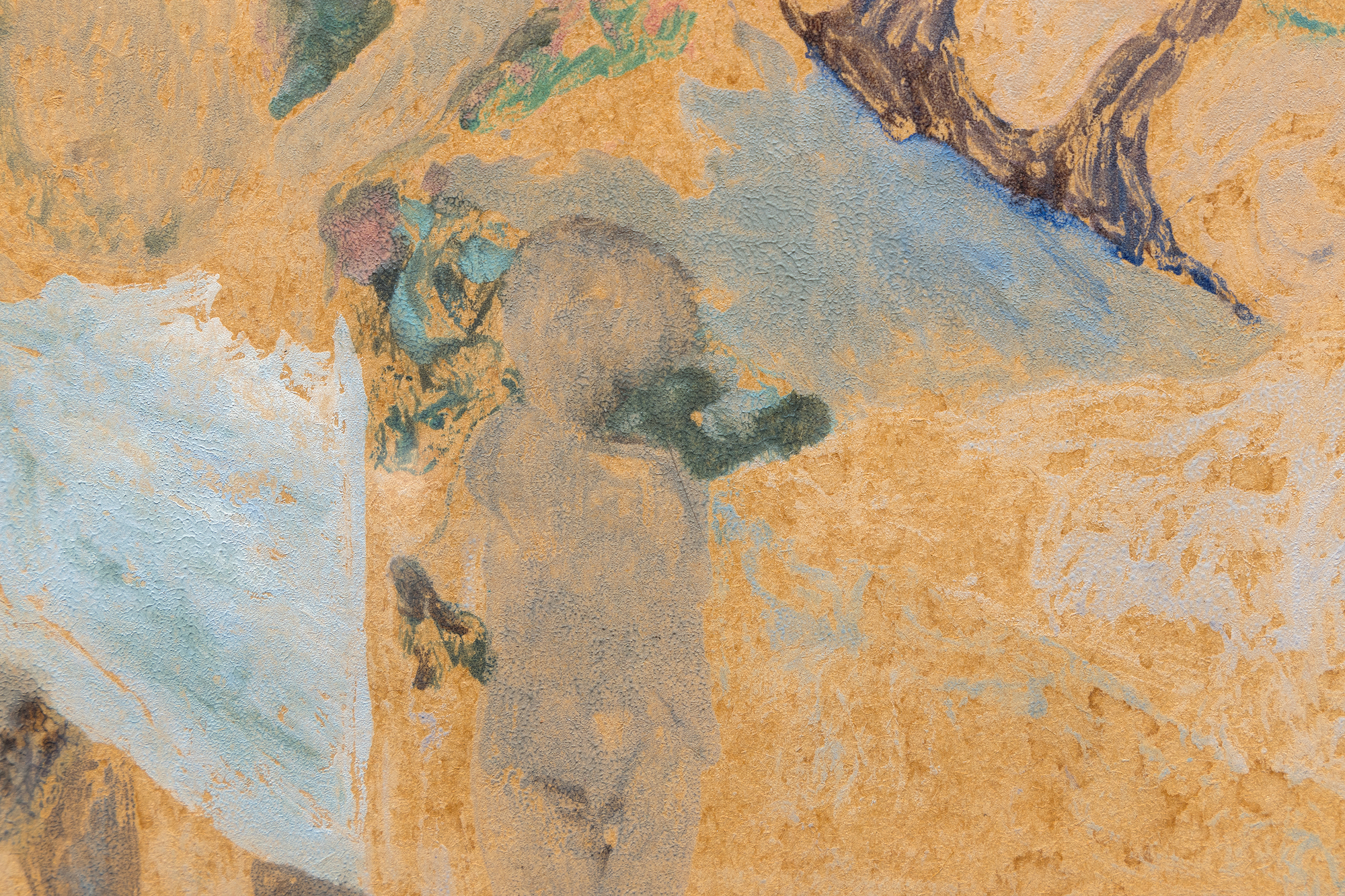
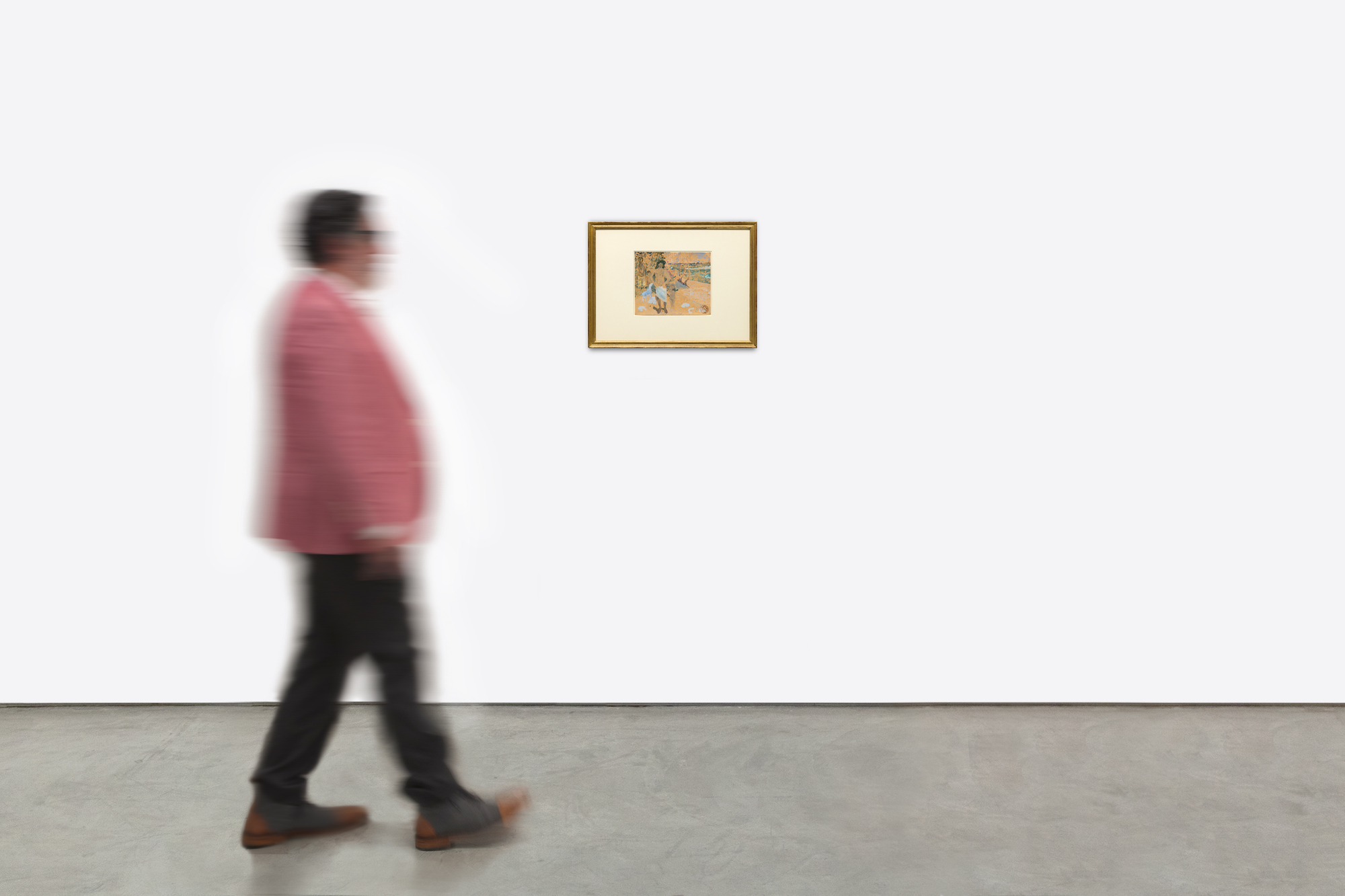
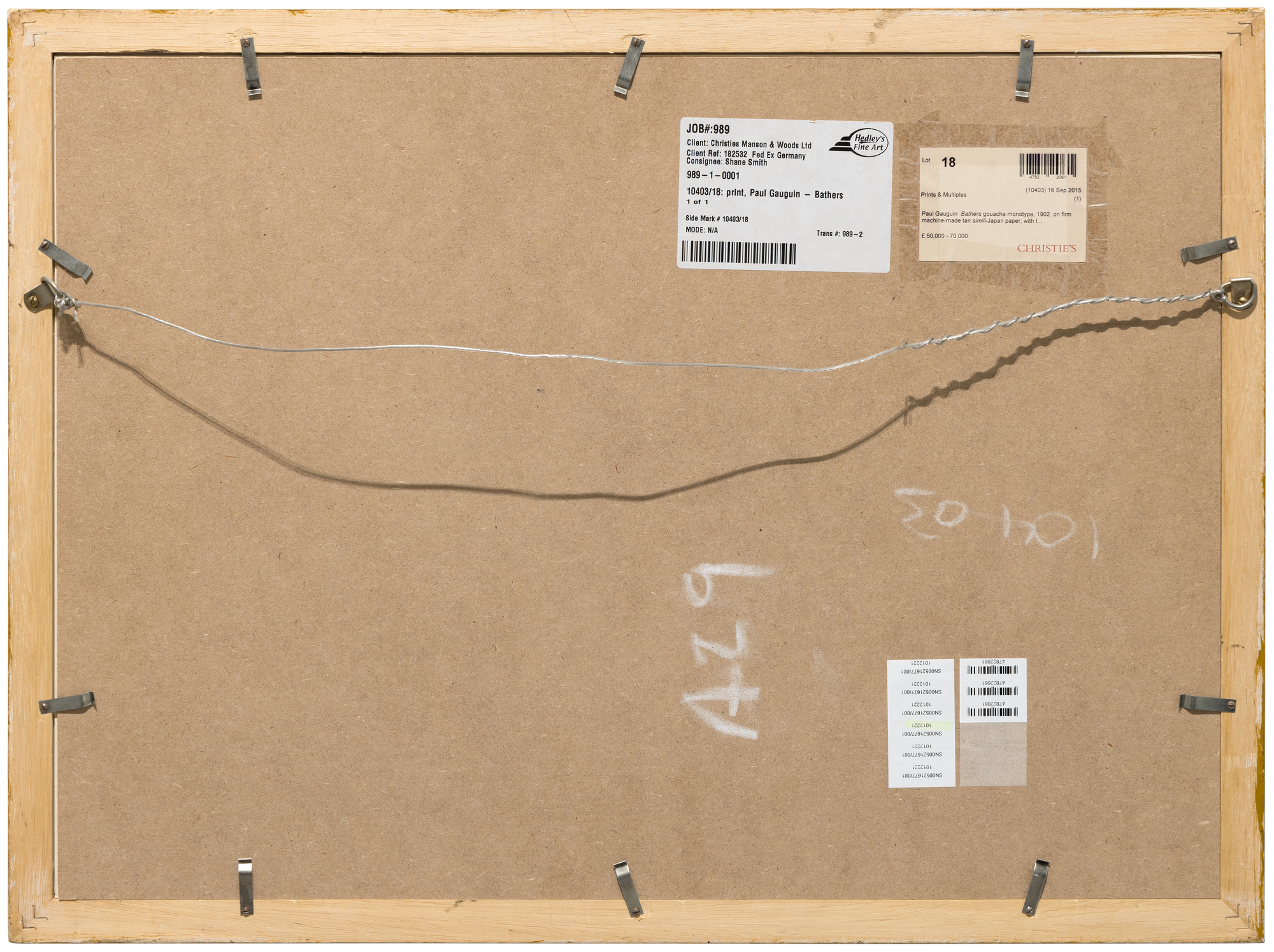
الاصل
مجموعة خاصة، لندنمزاد كريستيز لندن، 16 سبتمبر 2015، القطعة 18
مجموعة خاصة، تم اقتناؤها من أعلاه
الادب
ريتشارد س. فيلد، بول غوغان: الأنماط الأحادية، متحف فيلادلفيا للفنون، فيلادلفيا، 1973 (غير مسجل؛ انظر رقم 99 للاطلاع على عمل ذي صلة)ريتشارد بريتيل، فن بول غوغان، المعرض الوطني للفنون، واشنطن/معهد شيكاغو للفنون، 1988، ص. 480-487 (غير مدرج؛ انظر رقمي 272 و273 للاطلاع على الأعمال ذات الصلة)
روث بيلكوفو (ترجمة)، رسائل بول غوغان إلى جورج دانيال دي مونفريد، نيويورك، 1922، ص. ... اكثر...161
... اقل...
150,000
تنتمي لوحة "السباحون" إلى سلسلة "الأنماط الأحادية المتتبعة" التي رسمها غوغان في الفترة 1899-1903، وهي تقنية كان الفنان يرسم أو يضغط على ظهر الورق الموضوع فوق سطح محبر أو مرسوم، مما ينتج عنه انطباع واحد معكوس. أدخلت هذه العملية نسيجاً دقيقاً وإحساساً فورياً وسمحت لغوغان باستكشاف التفاعل بين الأشكال الإيجابية والسلبية. وبحلول أواخر عام 1902، بدأ الفنان في ربط الرسومات الموجودة على آيات هذه الأنماط الأحادية باتجاه لوحاته، مما أدى إلى انعكاس متعمد للموضوعات. ويرتبط الاتجاه المعكوس لهذا النمط الأحادي على سبيل المثال بلوحة "فاميل تاهيتيان" (و.618، مجموعة ستيفن أ. كوهين، وتعرف أيضاً باسم "نزهة على البحر")، وهي تجسد هذه الممارسة، مما يثير تساؤلات مثيرة للاهتمام حول تسلسل الإنشاء.
يقدم الاتجاه المعكوس حجة مقنعة لفهم النمط الأحادي كتجربة متزامنة وليس كدراسة تحضيرية. فبدلاً من العمل كمخطوط أولي، كان النموذج الأحادي بمثابة أداة ديناميكية للتجريب، مما سمح لغوغان بتحليل وإعادة اختبار الأفكار التركيبية وتناغم الألوان والعلاقات المكانية في الوقت الحقيقي. وأدخلت عملية نقل الصورة عنصر عدم القدرة على التنبؤ - فقد خفّت الأنسجة وأصبحت الألوان أكثر انسيابية، واتخذت الأشكال الخطية صفات رسامية. مكّنت هذه العفوية غوغان من الخروج من قيود الرسم الزيتي، مما أتاح له رؤى جديدة حول كيفية تطور عناصر التكوين. ومن خلال هذه العملية التكرارية، كان من الممكن أن يكون النمط الأحادي قد أثرى التعديلات التي أدخلها على لوحة "العائلة التاهيتية"، مما أثرى حيوية اللوحة وعمقها وتوازنها التركيبي. ويؤكد التفاعل بين الوسيلتين على النهج المبتكر الذي اتبعه غوغان في التعامل مع النمط الأحادي ليس كممارسة ثانوية بل كجزء لا يتجزأ من رؤيته الفنية.
وفي حين أن النمط الأحادي يفتقر إلى الصقل المصقول الذي تتسم به اللوحة، فإن فوريته وحساسيته الشكلية تكشفان عن افتتان غوغان بالتجريب والعفوية. وبعيدًا عن كونها دراسة تحضيرية، من المرجح أن لوحة "السباحون" مكّنت غوغان من تفكيك لوحة "العائلة التاهيتية" وإعادة تصورها أثناء عمله. يؤكد هذا التفاعل الإبداعي على مسعى غوغان الفني الأوسع نطاقاً خلال سنواته الأخيرة: استخلاص جوهر الحياة والطبيعة في أشكال تجمع بين الآنية والرنين الخالد.


